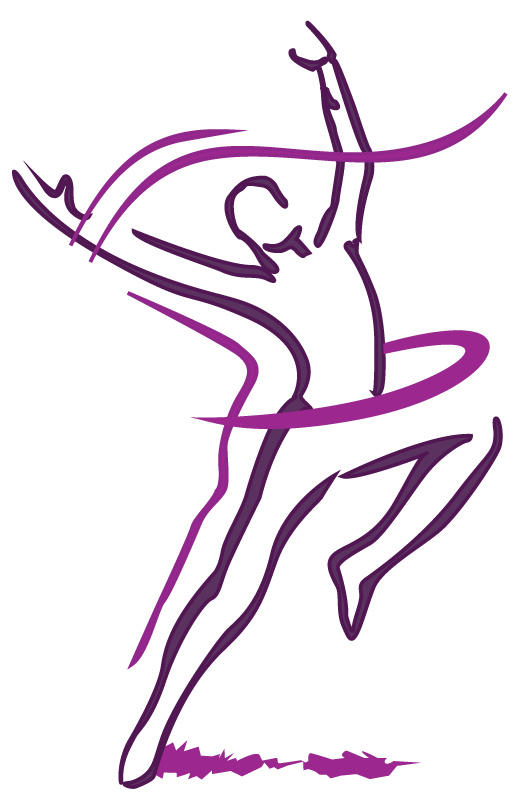Reflexology Therapy
A Registered Canadian Reflexology Therapist (RCRT) is a professional Reflexology Therapist who has been trained in specialized reflexology techniques and protocols. RCRTs are held to the highest level of professional competence, due in part to their level of training and continuing education requirements, as well as the fact that they adhere to the Reflexology Association of Canada's (RAC) Standards of Practice and Code of Conduct and Ethics for the interests and safety of the public.
What is Reflexology Therapy?
Reflexology is a part of a balanced integrative health and wellness routine. Reflexology therapies are natural and therapeutic methods that use the application of pressure techniques on the reflexes of the feet, hands, ears and face that map to corresponding body systems, glands, hormones and organs.
Unlike other therapies that manipulate the body directly, Reflexology can provide much needed relief through working the body reflex that ails you on a part of the body that does not. Reflexology is one of the safest and least invasive complementary therapeutic practices available and can: relieve tension; improve circulation; and support the body's efforts to function optimally. Following illness, stress, injury or disease, the body is in a state of "imbalance" and vital body systems can be blocked, preventing proper body functions. Reflexology can be used to restore and maintain the body's natural balance and thereby facilitate healing. Each person's experience of reflexology therapy is unique.
What Clients have reported about Reflexology Therapy
One client had been suffering from migraines since the age of 11 with little results from acupuncture, chiropractic, medical doctor, or massage therapy. This client was also suffering with some swelling and pain of the lower limbs and feet in the sleeping hours, sometimes so bad it would keep them awake at night and prevent them from daily activities. The client was in an acute state and a treatment plan was made after the first Reflexology Therapy session. After the first session, the client stated they were pain free with no migraines or lower limb pain for a week. Working with the client and sticking to the treatment plan, even on days when they were experiencing great pain, the client was able to have more space between treatments and eventually reduce treatments to a maintenance of 1x/month with zero migraines, and no lower limb pain at all.
Another client suffering from chronic digestive issues and anxiety was looking for a self-care moment for themselves. A treatment plan of Reflexology Therapy was integrated into their wellness plan at the first session, and they have reported less intense digestive issues, ability to focus more on tasks at work, and a reduced cortisol stress state (they even lost a bit of weight!).
If you are experiencing an imbalance in your body's systems or recovering from a recent surgical procedure not involving the lower limbs, Reflexology Therapy may help. Book an Initial Registered Foot Reflexology session today to help your body's natural ability to heal itself.
Insurance Coverage
Some extended health care benefits cover Registered Reflexology Therapy, please check with your health insurance provider if you have coverage.
Clients must check their individual health insurance plans to determine if Reflexology Therapy is covered, and if so, how much Reflexology coverage you may have. Also, many insurance plans will cover Reflexology Therapy under a "wellness spending" account, so it is a good idea to ask your insurance plan administrator if you have one.
If Reflexology Therapy is not currently included in your plan, please have your insurance plan administrator add "Reflexology done by a Registered Canadian Reflexology Therapist (RCRT)" to your group health insurance. Sample letters to your employer, union, or health insurance can be requested by the reflexologist in order to have Reflexology Therapy added to your benefits package.
“I love coming here (to Chiani). I always feel awesome afterwards.”


